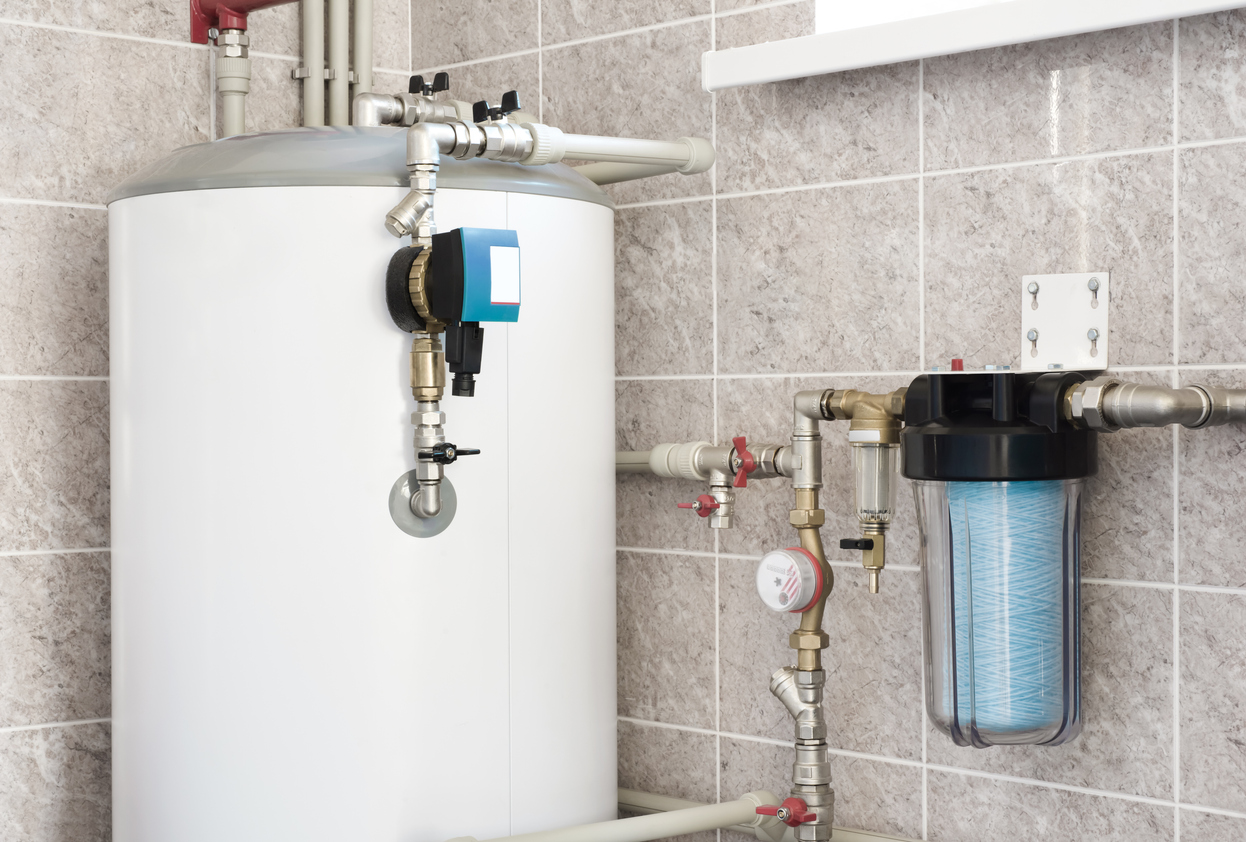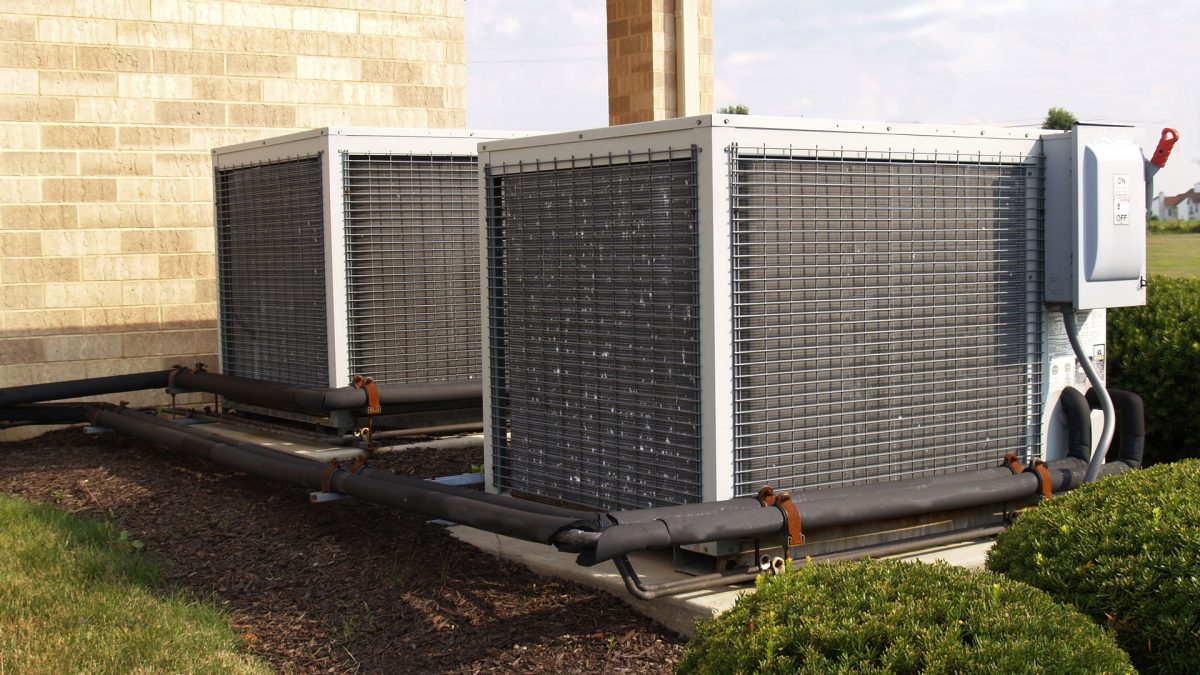It is true that today under certain conditions, people can live in sealed spaces when the weather is cold and even enjoy the warmth of the newest heating system creations.
Following our first article, here we are to learn more about the different heating systems available today.
Steam-Heating Systems

In larger buildings and masonry structures, it is advisable to carry the heat source to the space that is to be heated rather than to heat air at a central point. Steam or hot water may serve as the source of heat.
In steam-heating system, water is heated in a furnace, usually in the basement and is converted into the vapor called steam. The steam is then conveyed to radiators in the different rooms of the house or building. The hot radiators warm the air, in much the same way as a stove does, by the contact of the cool air in the room with the hot surfaces of the radiator, by the radiation of heat to solid surfaces and by setting up convection currents in the room. Radiators are so-called because most of the heat transfer is by radiation. The projecting ribs of a radiator are known as fins.
Radiators are usually constructed of cast iron. The heat of the iron surface passes in all directions to walls, floors, ceilings and objects within the room. A radiator located close to a wall beneath a window always acts as a convector as well. Cool air flowing into the space between the radiator and the heated wall is warmed and rises to mix with air flowing in around the windows.
A unit known as a convector type of radiator does the same thing on a planned basis. A radiator with more fins than the ordinary radiator is placed in an enclosure permitting the entrance of cooler air underneath. The air flows upward around the heater surfaces and warm air passes out through vents above. Combination radiator-convector units are used in both home and industrial heating.
In a steam-heating system, the steam cools in the radiator and condenses, becoming water. The water is then returned by gravity to the heating unit. Relatively small pipes are used and very little steam volume is required to heat rooms adequately. Low-pressure steam, from almost nothing to five pounds per square inch, has been sued for home heating for many years.
There are several kinds of steam-heating system. In the one-pipe system, the steam flows to the radiator and forces air out of an air vent on the side. When the steam pressure is removed, air moves into the vent and the condensed steam flows as water back down the pipe from the radiator to the boiler. The one-pipe system is commonly used in homes and small buildings.
In the two-pipe system, steam flows to the radiators when the radiator steam valves are opened. As the steam enters the radiator, the cold air inside escapes from an air vent. The steam cools and gradually condenses while passing through the system – the water that has formed and the remaining vapor flow out of another pipe on the opposite end of the radiator and return to the boiler. Any radiator can be shut off completely without interfering with the system as a whole. This flexibility is essential in hotels and apartment houses where heat requirements are varied. The so-called vapor system operates much like a two-pipe system. It operates at lower pressures or in a partial vacuum.
Hot-Water Heating Systems

In a hot water system, water that is heated in a boiler flows in the liquid state to the radiators. Cooler water, displaced by the hot water, flows from the radiators back into the pipe system and returns to the boiler. An expansion tank prevents any strain on the piping from the expansion of the water as it is heated. The hot water system may be a one-pipe loop – that is, it may have a single pipe leading from the boiler and returning to it.

